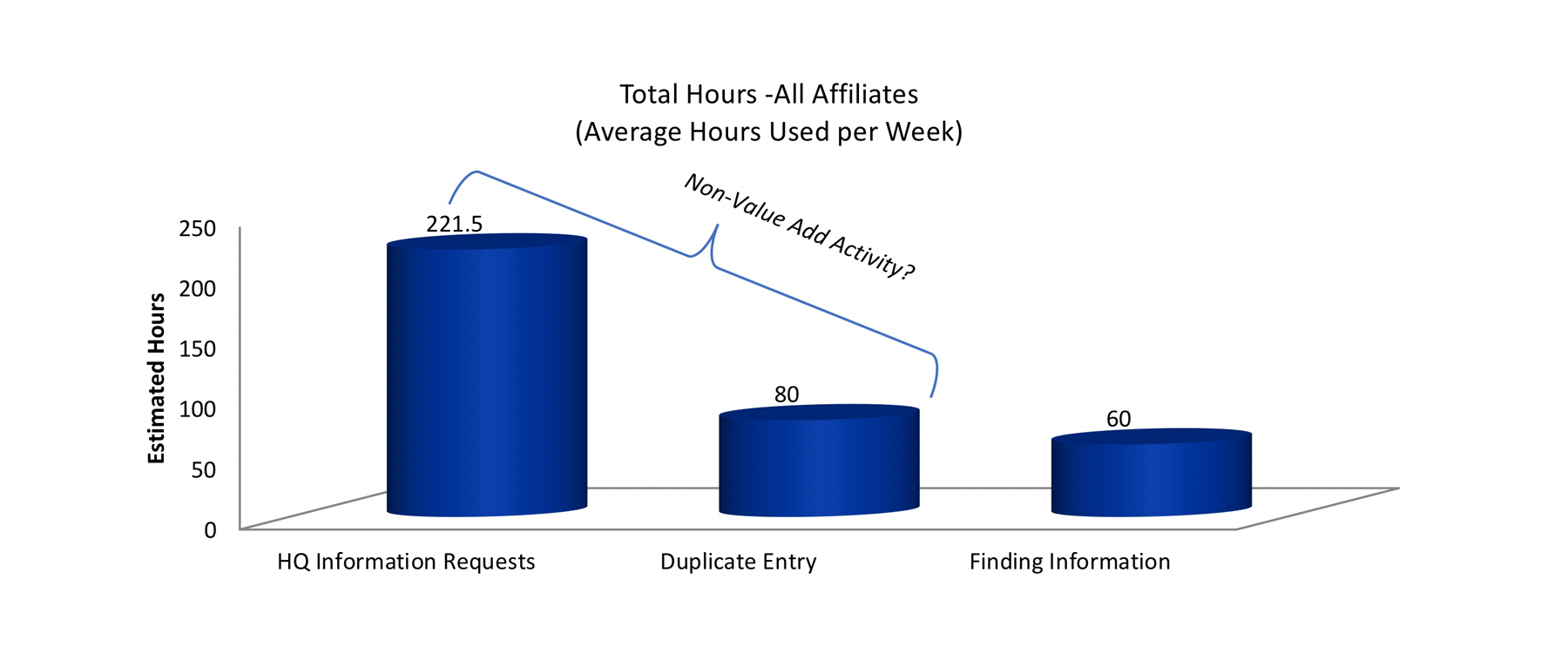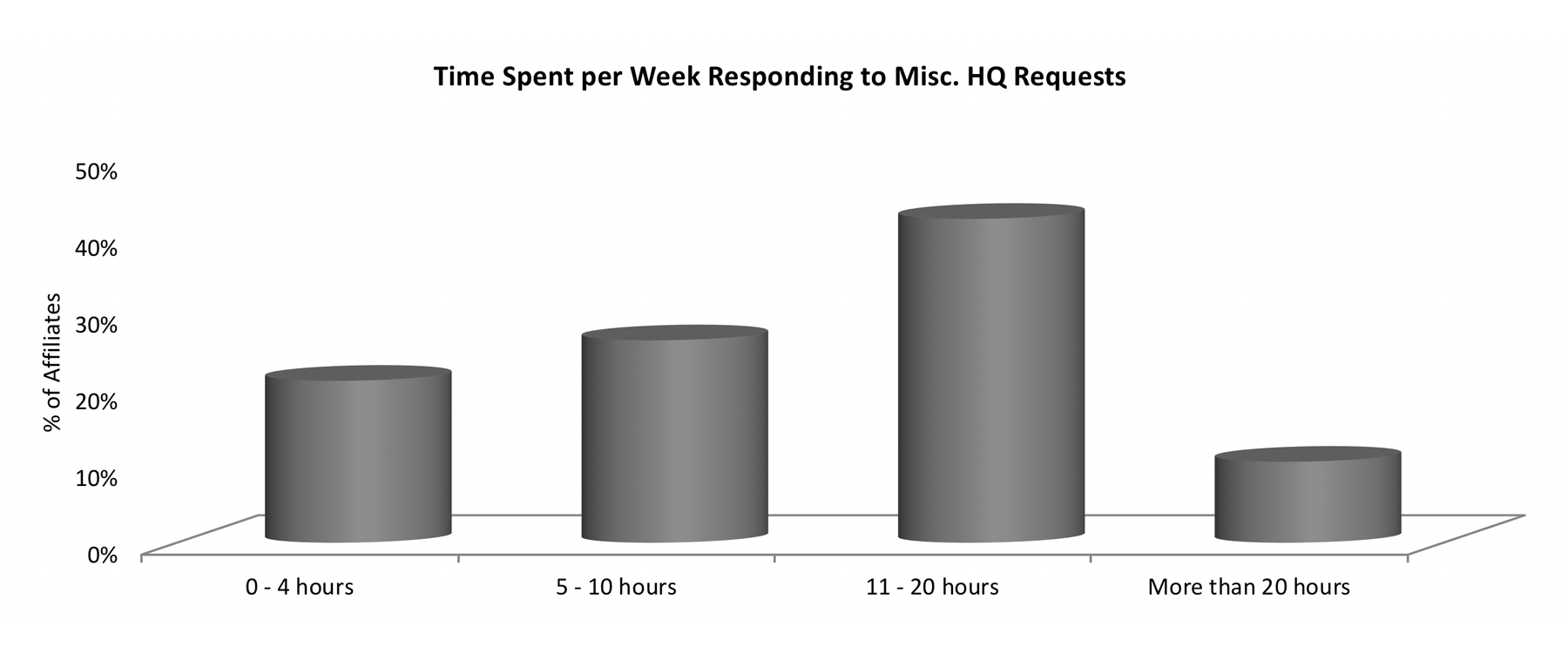Optimizing Local Regulatory Affiliate Engagement – Embarking on New Research
By Katherine Yang-Iott
A key headline from the 2022 WCRIM Study highlights the need to optimize engagement at the affiliate level in order to ‘solve the last mile’ in terms of achieving global RIM operational performance, high data confidence levels, quality, and compliance. Because of all these high value components, we know this is an important topic for many organizations. Finding the path to that ‘optimized’ state isn’t obvious due to a mix of complexities including understanding the specifics of how affiliate teams work, competing priorities, differences in central vs. local needs, access and knowledge to/for systems, and resources. It’s no wonder for many companies, affiliate engagements tend to result in interactions and the use of solutions that are generally acceptable but certainly not ideal (parallel systems, duplicate data entry, secondhand data collection, etc.).
For our upcoming spring pulse study, we will be exploring what needs to evolve in order to optimize affiliate / central office engagement and efficiency. At the February 2023 RSIDM, Kelly Hnat highlighted what companies would gain if they were to optimize affiliate engagements and the benefits are clear: higher efficiency, data quality and a clear E2E view of compliance. Our previous studies at the local affiliate level helped us to understand how affiliates manage their local regulatory information and participate with global systems and processes. This will serve as a reliable and interesting baseline to compare this new study’s results to quantify how things are trending.
The graphs below highlight some interesting data from our historic local affiliate studies and the corresponding benefits included:
- Supports real-time reporting and data integration across functions
- Confidence that the local affiliate data is current, complete, and accurate impacting compliance confidence and operational efficiency
- Reduces “avoidable” request of data from the central office to the local affiliate (between 6% – 9% of affiliate time from our historic studies)
Although the final study design will be revealed in April, some of the key questions we’ll be asking include: How do Affiliates currently work in terms of current functions, how much time is spent on headquartered driven activities and what tools and systems do they use to do it? Have there been changes to operating models at the affiliate level and how did those changes impact data quality or submission operations efficiency? What are specific barriers and challenges that affiliates experience using centralized systems?
It’s also critical to understand the affiliates perspective of how they interact with central or global offices since continuous improvement works best when there’s open dialogue about how things are going from all parties involved. So other questions to explore include: How are affiliates involved with general process design, efficiency improvements for key regulatory activities, and are they part of any change management network? Do affiliates have a say in technology performance considerations, software configuration decisions?
The focus of the study design is to make sure the data generated will be based on the ‘voice of the affiliate’ which we believe will be the key to identifying real performance improvement opportunities in ‘solving the last mile’. Optimizing affiliate engagement to improve performance of key regulatory activities requires bringing affiliates to the table and our new research can give your company some guidance on how and where to make that happen.
The study will launch in May and companies will be able to participate through mid-July.
For more information, please visit the study page here, where you can also enroll your company. Contact us for any questions or suggestions.








